Origin of Species: A Tutorial Study Guide Nicoladie Tam Published by Nicoladie Tam, 2015.
While every precaution has been taken in the preparation of this book, the publisher assumes no responsibility for errors or omissions, or for damages resulting from the use of the information contained herein. ORIGIN OF SPECIES: A TUTORIAL STUDY GUIDE First edition. June 13, 2015. Copyright 2015 Nicoladie Tam. ISBN: 978-1301352456 Written by Nicoladie Tam.
Origin of Species A Tutorial Study Guide Nicoladie Tam, Ph. D. D.
Copyright 2015 by Nicoladie Tam, Ph.D. ISBN 978-1-301-35245-6 All rights reserved, no part of this publication may be reproduced in any form, stored in a retrieval system, or transmitted in any form by any means without prior written permission of the author, except in the case of brief quotations in critical review articles. Authored by:Nicoladie Tam, Ph.D. Published by:Nicoladie Tam, Ph.D. First Published:August 16, 2013 Revision Date:June 16, 2015 eBook ISBN:9781301352456 Book statistics:3,200 words Keywords:evolution, species, biology, study guide, tutorial Produced in the United States of America The printed version of this eBook is also available in PDF format in 18 pages.  *~*~*~*~*
*~*~*~*~*
Preface
O rigin of Species is a part of the college-level Principles of Biology course series and the Neuropsychopharmacology course series textbooks.
It is a tutorial written in questions and answers format to describe the origin of species in the biological systems on earth. It is a study guide with in-depth explanations. Each section is a modular unit that is self-contained for easy reading. The principles and concepts are introduced systematically so students can learn and retain the materials intuitively. *~*~*~*~* T extbooks by Nicoladie Tam, Ph.D., in the Principles of Biology course series: Principles of Biology textbook in one volume: Principles of Biology: Animal Systems ISBN 9781301691739 Individual chapters of the Principles of Biology textbook series: Biological System ISBN 9781301003891 Scientific Methods ISBN 9781301898688 Biological Principles ISBN 9781310803666 Origin of Species ISBN 9781301352456 Nervous System ISBN 9781301053025 Neuron ISBN 9781301119646 Action Potential ISBN 9781301115372 Synapse ISBN 9781301374120 Reflex ISBN 9781301991266 Neurotransmitter ISBN 9781301268610 Sensory System ISBN 9781301660070 Motor System ISBN 9781301500895 Endocrine System ISBN 9781301642939 Reproductive System ISBN 9781301424078 Circulatory System ISBN 9781301262410 Respiratory System ISBN 9781301805389 Immune System ISBN 9781301452309 Renal System ISBN 9781301927111 Digestive System ISBN 9781301317097 Textbooks by Nicoladie Tam, Ph.D., in the Neuropsychopharmacology course series: Neuropsychopharmacology textbook in one volume: Neuropsychopharmacology ISBN 9781311596178 Individual chapters of Neuropsychopharmacology textbook series: Neuropsychopharmacology: An Introduction ISBN 9781301482733 Scientific Methods ISBN 9781301898688 Mind-Brain Connection ISBN 9781301903405 Pharmacology: In Introduction ISBN 9781301843534 Pharmacokinetics ISBN 9781301010776 Dose-Response Curve ISBN 9781301541812 Learning Mechanisms ISBN 9781301729531 Cognitive Learning ISBN 9781301966455 Experimental Methods in Neuropsychopharmacology ISBN 9781301966455 Brain Imaging Techniques ISBN 9781311863638 Nervous System ISBN 9781301053025 Neuron ISBN 9781301119646 Action Potential ISBN 9781301115372 Synapse ISBN 9781301374120 Reflex ISBN 9781301991266 Neurotransmitter ISBN 9781301268610 Neurotransmitter Pathways ISBN 9781301696666 Cytoplasmic Release of Neurotransmitters ISBN 9781311978615 Executive Functions ISBN 9781301125968 ADHD: Attention Deficit Hyperactivity Disorder ISBN 9781301318445 Schizophrenia ISBN 9781301972692 Affective Disorders: Depression, Mania and Bipolar Disorder ISBN 9781311988416 Anxiety Disorders ISBN 9781311060419 *~*~*~*~*
Table of Contents
Cover Page *~*~*~*~*
1.
Origin of Species
O bjectives
- Understand the sequence of evolutionary breakthroughs
Concepts to Learn
- Understand the progressive complexity in each step of evolutionary changes
Since the beginning of the universe 13.7 billion years ago, the earth has existed for only 4.5 billion years. First signs of life occurred 3.5 billion years ago as prokaryotic (primitive single membrane) cell in the ocean based on fossil records.
Eukaryotic cell (modern cell with nuclear membrane inside the cytoplasmic membrane) evolved only 1.5 billion years ago, which reproduced asexually. With the evolution of sexual reproduction occurred at 1 billion years ago, the evolution of species accelerated significantly. Multi-cellular organisms were evolved 0.75 billion years ago, and vertebrates evolved 0.51 billion years ago. The gravitation of the moon provided the tidal changes for organisms to adapt in the wet-dry environment, and organisms started to migrate to land 0.46 billion years ago. Amphibians evolved 0.36 years ago, with reptiles evolved shortly after that at 0.31 billion years ago. Mammals evolved subsequently at 0.19 billion years ago, and birds at 0.14 billion years ago.
Dinosaurs roam on earth for over 150 million years, between 220 and 65 millions years ago, while co-existed with mammals most of that time until the mass extinction, in which 75% of the species on earth went extinct due to a meteor impact on earth, which created global cooling. Primates evolved shortly after the last mass extinction at 60 million years ago, with monkeys evolved only 35 million years ago. Apes evolved at 23 millions years ago. Only recently, 5 million years ago, hominids (human-like primate) were evolved. Homo erectus (standup primates) was evolved only 1.8 million years ago, and they went extinct 0.5 million years ago. The appearance of Homo sapiens (modern human) only occurred 195,000 years ago from the oldest fossil record, which is a very short time in evolutionary history.
Modern civilization only occurred in the last 5,000-10,000 years. Summary Life existed on earth for 3.5 billion years, evolving from unicellular organisms to multicellular organisms, from asexual reproduction to sexual reproduction, from invertebrates to vertebrates, from fish to amphibians to reptiles to mammals and eventually to humans. Homo sapiens existed only on 195,000 years on earth, compared to 1.8 million years of Homo erectus , 5 million years of hominids, 23 million years of apes, and 35 million years of monkeys. *~*~*~*~*
1.1. History of Life on Earth
O bjectives
- Understand the time sequence of major evolutionary events as evidenced in the appearance of new species
Concepts to Learn
- Historical sequence of events leading to the evolution of species
- From asexual reproduction to sexual reproduction in to increase chance of genetic recombination
- From single to multiple cell organisms
- From aquatic to terrestrial colonization
- Sequence of appearance of different species
Since the Big Bang formed the universe about 13.7 billion years ago, the earth was a new arrival at about 4.5 billion years ago. It takes about 1 billion years since the earths formation for the first prokaryotic cell (single membrane cell) to evolve in the ocean.
It took another 2 billion years for the first eukaryotic cell (cell with nuclear membrane) to evolve. Then it took billion years for sexual reproduction to evolve, and billion years for multi-cellular organism to evolve. Essentially, it took about half the amount of time for a major evolutionary breakthrough to occur in its evolution. Then it took less than billion years for the vertebrate to evolve. About billion years ago, colonization of land occurred. The gravitational pull of the moon provided the daily tidal changes in sea level.

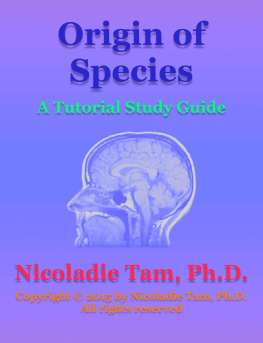

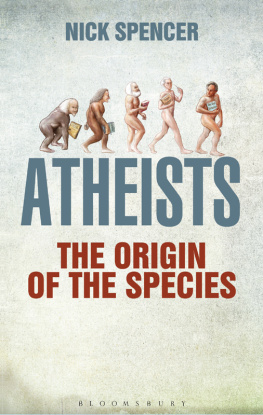

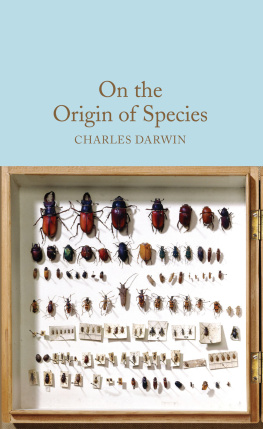
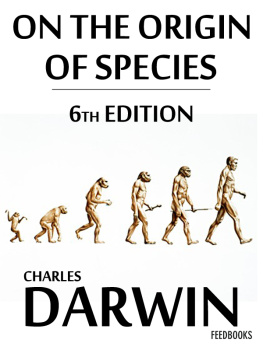

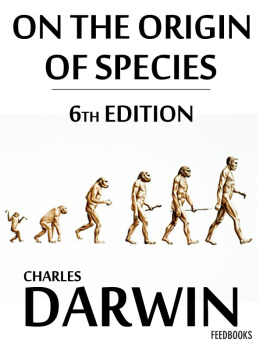

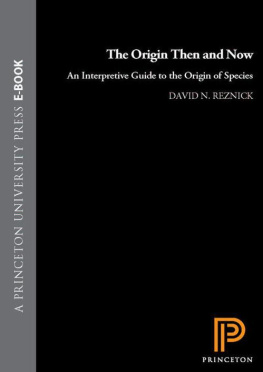

 *~*~*~*~*
*~*~*~*~*